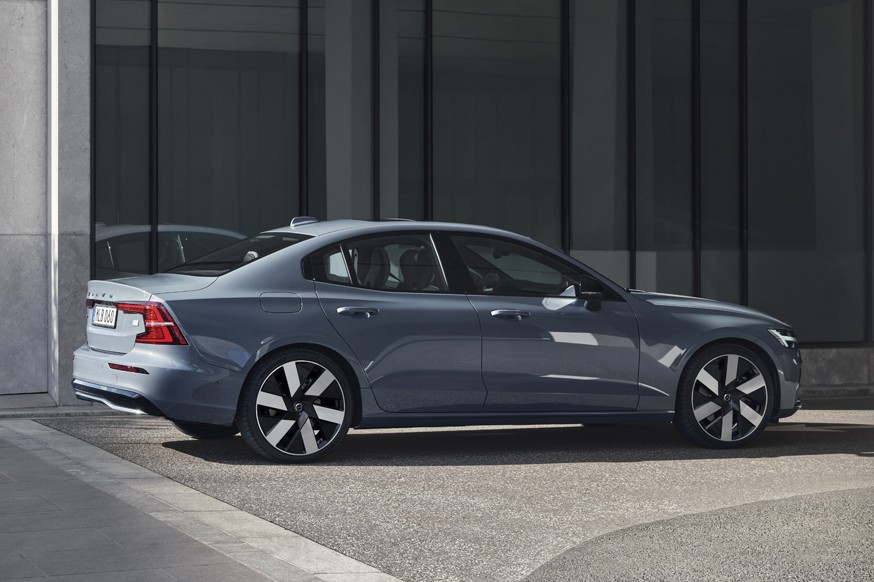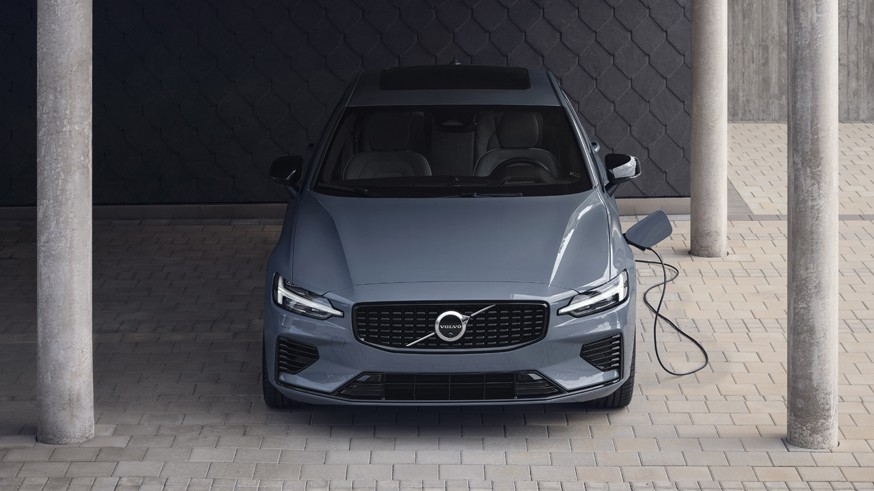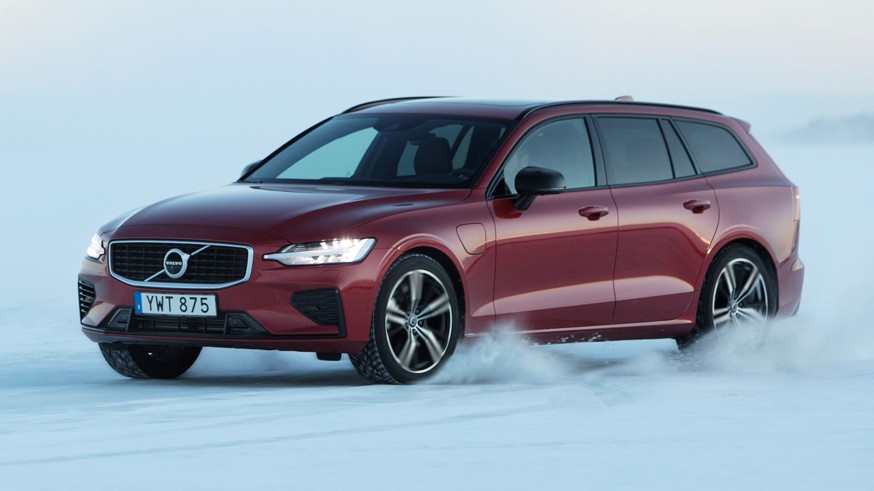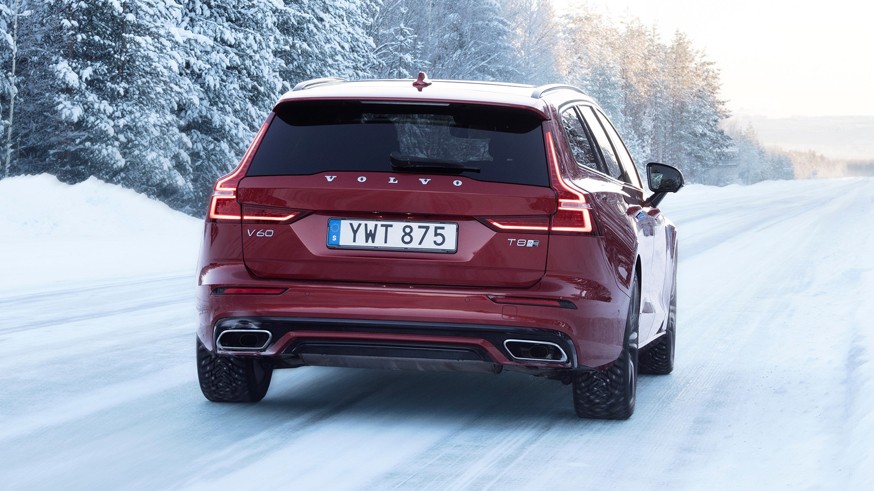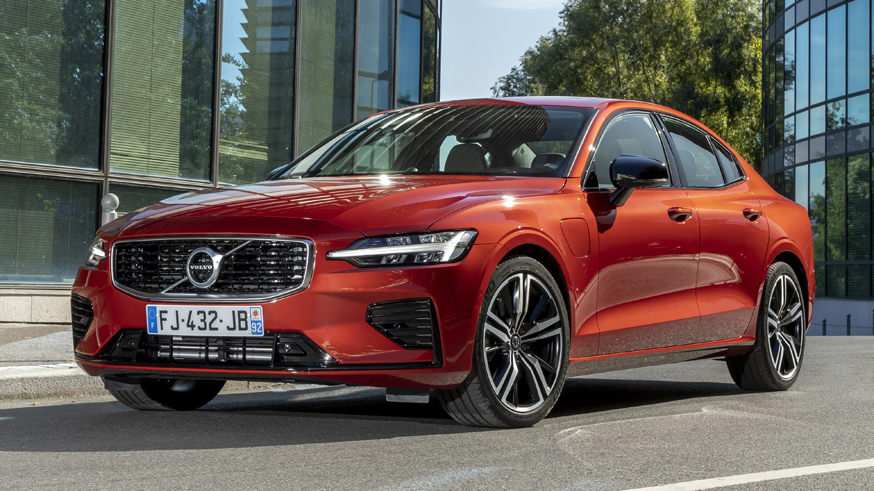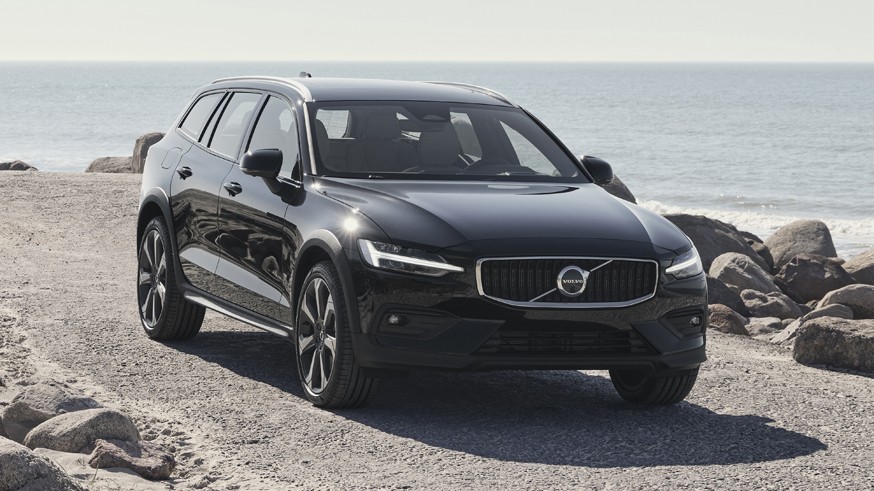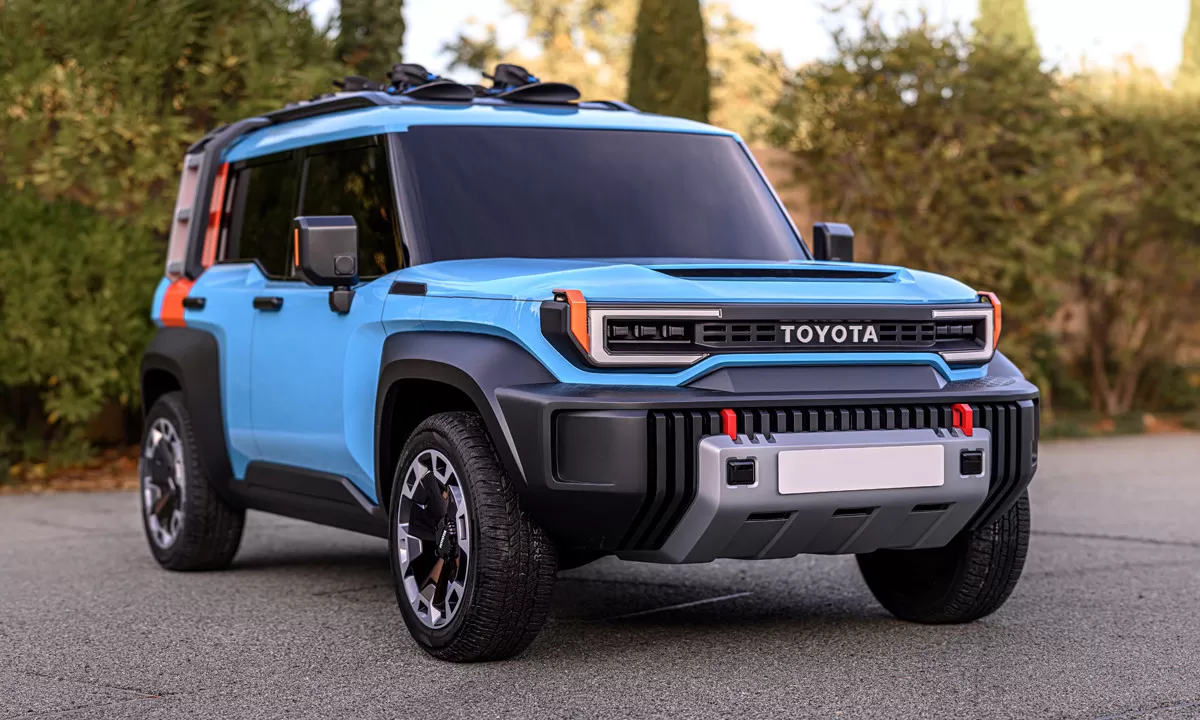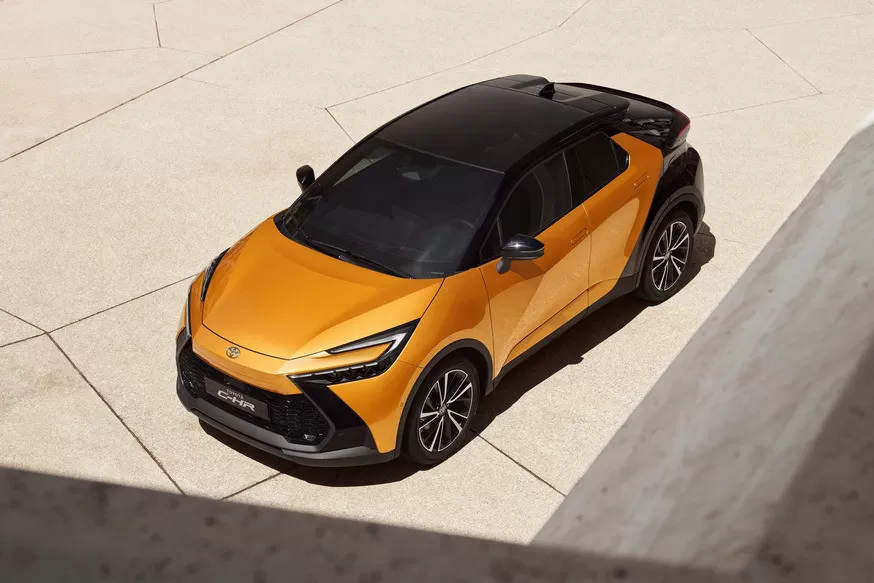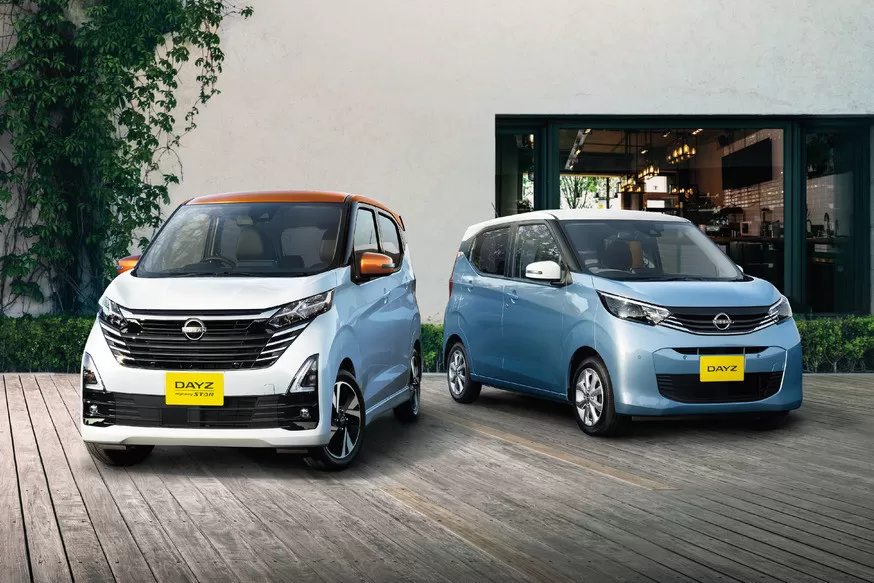Probably, electric novelties will replace the four-door S60 and five-door V60, as well as the all-terrain version of the V60 Cross Country. Now these models are offered with internal combustion engines.
Sales of the Volvo S60 sedan and V60 wagon have been declining in Europe over the past two years. So, last year, the “four-door” was sold in a circulation of 4521 units, which is 37.2% less than in the “covid” 2020th. And the result of the “barn” in 2021 decreased by 16.3% to 42,533 copies. In recent years, the Swedish manufacturer has focused on crossovers, by the way, the Volvo XC40 SUV remains the brand’s bestseller in the old-world market : last year, dealers sold 123,847 cars (12.3% more than a year earlier).
Now the Volvo brand, owned by the Chinese holding Geely, continues its transformation, which by 2030 should lead to a complete “greening” of the model range. The current lineup includes an electric version of the Volvo XC40 Recharge and a cross-coupe C40 Recharge.
New steps towards full electrification are also associated with the SUV segment. The other day the company introduced a new flagship electric crossover – Volvo EX90 , its production will be established at two factories – in China and in the USA. In addition, next year, a compact entry-level “socket” SUV will debut: so far only one teaser has appeared , and the name of the novelty has not been declassified in the company.
Pictured: Volvo V60
Despite the increased popularity of SUVs in many markets, Volvo is in no hurry to abandon sedans and station wagons , carbizzyauto.com reported about this at the beginning of this year. It is expected that after the appearance of a new electric SUV, the Swedish company will prepare “green” novelties – a sedan and a station wagon. It is possible that they will become an alternative to the current “four-door” S60 and “five-door” V60 with internal combustion engines. Probably, the “older” S90 and V90 will also subsequently have their own “battery” replacements.
Pictured: Volvo S60
The fact that the next electric cars may be Volvo models “with a lower landing”, reports the British Autocar , citing the company’s CEO Jim Rowan (took office in March of this year). So far, the top manager did not go into details, noting only that the manufacturer “works in all spectra and lines”, and that Volvo “has customers who need different cars for different purposes.”
Pictured: Volvo V60 Cross Country
The company noted that one of the most important challenges that manufacturers now face is to achieve price parity between cars with internal combustion engines and models with electric power plants. He added that “no industry can rely on subsidies for a long time.” An obvious step towards achieving this goal is the use of a small number of modular platforms for a wide variety of vehicles.
Jim Rowan also explained that in the future, people will make a decision to buy a car, including based on its estimated residual value in three to four years. He noted that for electric vehicles this figure will be higher compared to analogues with internal combustion engines.







